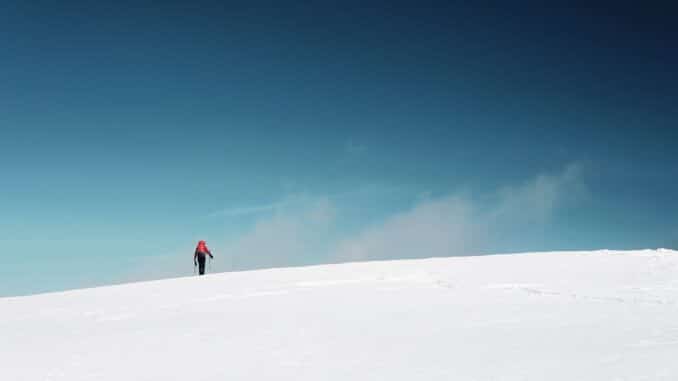
Skiing in the North Pole: An Adventure Beyond the Ordinary
Embarking on a skiing expedition in the North Pole is unlike any other adventure on the planet. Far removed from the groomed slopes of traditional ski resorts, the North Pole offers a raw, pristine wilderness that is both challenging and awe-inspiring. This unique guide will explore the allure of skiing in the Arctic, focusing on the extraordinary experiences, logistical considerations, and the impact of such adventures on both individuals and the environment.
The Call of the Arctic:
Skiing in the North Pole is not for the faint-hearted. It is an expedition that demands physical fitness, resilience, and a profound respect for nature. This remote ice-covered region at the top of the world is accessible only to those willing to undertake a rigorous journey, which often includes a combination of flights, icebreaker ships, and even helicopter drops to reach base camps on the ice.
Unique Skiing Experience:
Unlike any ski resort, the North Pole offers no lifts, no groomed pistes, and certainly no après-ski. The skiing here is about traversing the frozen Arctic Ocean, navigating ice ridges, open leads of water, and the ever-changing landscape of the ice floe. This is backcountry skiing in its most extreme form, where the skier becomes an explorer, charting a course across one of the most remote places on Earth.
Expedition Skiing:
Skiing expeditions to the North Pole are carefully planned adventures, often led by experienced guides who are versed in Arctic survival. These journeys are about more than skiing; they are a test of human endurance and a way to connect with the raw power of nature. Participants pull their supplies on sleds, navigating by compass and GPS under the midnight sun, in temperatures that can plummet to -40°C (-40°F).
The Last Degree:
One popular way to experience North Pole skiing is by undertaking a “Last Degree” expedition, which involves skiing the final 60 nautical miles (111 kilometres) to the Pole. This journey can take anywhere from one to two weeks, depending on conditions. It’s a way to experience the challenge and beauty of the Arctic without committing to a full expedition from land to pole, which can take over a month.
Logistics and Preparation:
The logistics of a North Pole ski trip are complex and require meticulous planning. From securing permits and arranging icebreaker transport to ensuring you have the right gear and provisions, every detail must be carefully considered. Preparation includes physical training, familiarization with Arctic survival techniques, and understanding the environmental principles essential to preserving the pristine nature of the polar regions.
Environmental Consideration:
Skiing in the North Pole also comes with a responsibility to minimize environmental impact. The Arctic is a fragile ecosystem, facing significant threats from climate change. Expeditions are increasingly focusing on sustainability, using eco-friendly practices to ensure their adventures do not contribute to the degradation of this pristine environment.
Challenges and Rewards:
The challenges of skiing in the North Pole are matched only by the rewards. There is a profound sense of achievement in reaching the top of the world, a place few have stood. The beauty of the ice, the silence of the vast wilderness, and the camaraderie that develops among expedition members create an unforgettable experience. It’s a journey that pushes the limits of what is possible, offering a glimpse into the untamed beauty of the Arctic.
Conclusion:
Skiing in the North Pole is an extraordinary adventure that goes beyond traditional skiing holidays. It offers an unparalleled experience of exploration, endurance, and personal discovery. While the logistical and physical demands are significant, the journey to the Arctic is a transformative experience that offers a unique connection with one of the planet’s most remote and beautiful landscapes. As adventurers seek out the most extreme and rewarding experiences, skiing in the North Pole stands as a testament to the human spirit’s quest for adventure and exploration in the most challenging environments.
